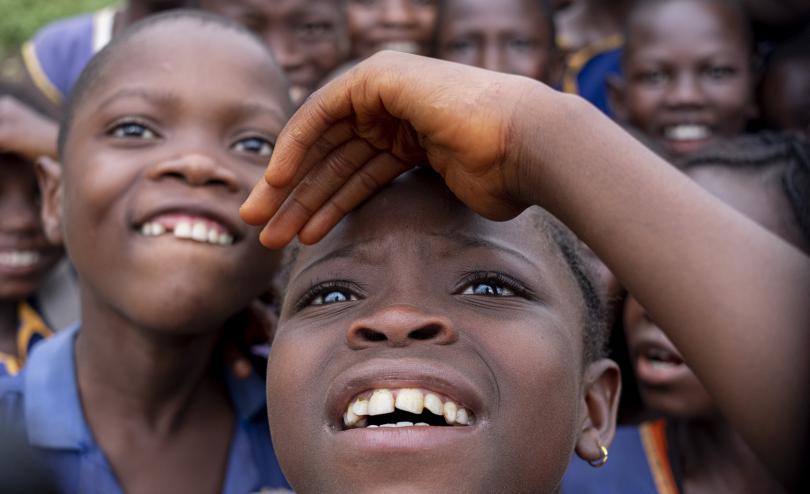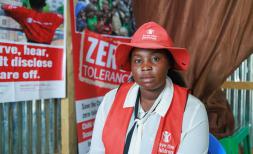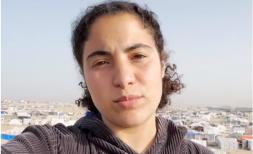Budgeting to End Child Marriage, an Analysis

2020 was an unexpected year. Many identified it as the year where all the political momentum was needed to make the world more equal, which would mean that girls would have equal rights and opportunities. But then as the COVID-19 pandemic spread, families were faced with growing financial pressure, many turning to negative coping mechanisms. One of the most harmful being child marriage.
Fatima, 13 years, is one of an 11-person household from an area where unrest in common in Niger. The restrictions in place last year meant Fatima stopped attending school, and her family struggled to feed her siblings who were normally eating at the school canteen. Her family were receiving pressure from an eager suiter for her early marriage in exchange for a dowry. But Fatima wanted to continue studying.
Child marriage is one of the fastest ways to destroy a girl’s future -- locking her into a cycle where she is likely to be pulled out of education, giving birth when her body isn’t ready and losing her independence and choice in life.
Fatima’s mother managed to stop the marriage, but many girls in the region have not been so lucky.
It is estimated that from 2020-2025, because of the economic impact of COVID-19, 450,000 additional girls are expected to be married in West & Central Africa. As we stepped into 2021, we all looked forward to a year of hope and change. And in some ways we’ve had some good news this year. Only a few days ago, the world watched on as Joe Biden became the 46th President of the United States, the largest international assistance donor in the world. He is a passionate advocate of gender equality and women's and girls' rights – as demonstrated through his pick for vice president: the first woman to ever hold the second highest office in the nation.
But as the COVID-19 pandemic is far from over, I hope that his commitments on foreign policy drive meaningful progress for girls, because in West and Central Africa, where many children already miss out on a full childhood, cases continue to grow.

This means that, now more than ever, we need to learn from 2020, when 88% of parents/ caregivers in West and Central Africa reported the need for better protection services. We must urgently reignite that political will from Governments to follow through on their commitments to protect girls, and end child marriage. In 2017, building from the pan-Africa campaign to End Child Marriage, a high-level meeting was held and strong national commitments were made, with countries like Niger and Sierra Leone.
Since then, Sierra Leone has declared rape as a state of emergency, while the President of Niger spoke publicly about the marriage of a young girl being a form of pedophilia. Both First Ladies launched personal campaigns and each country launched a national strategy to tackle child marriage. Political action has helped bring gender equality to the forefront in both countries -- the revision of the Sexual Offences Act in Sierra Leone and Niger’s decree to keep all children in school until the age of 16 alongside the establishment of Committees to monitor the protection of girls -- are just some of the examples of progress being made.

Real Change needs better political commitment
While policies, plans and speaking out are important steps in the right direction, high-level government ownership on child marriage is still needed. For real change to take place these commitments need to be backed by the right funding, used efficiently and effectively.
Save the Children’s latest research on financial investment for Ending Child Marriage has found that despite high level political narratives over the last few years, budget increase has been minimal in Niger. While Sierra Leone has made more progress, challenges to effective implementation remains.
In Niger, the Ministry in charge of the Promotion of Women and Protection of Children in Niger has never received even 1% of the total government budget. Information on budget is reported to be ‘scant or not available’ and respondents in our report also indicate that pressure from religion and tradition have stopped the government from making bolder political changes and investment to end child marriage.
By contrast, in Sierra Leone the End Child Marriage funding has increased and has demonstrated results in reduced child marriage rates. In 2020 the funding to end child marriage represented 3.7% of the national budget, the equivalent of $7.80 per child. While Sierra Leone was ranked as one of the most budget transparent countries in the West Africa region and has a more coordinated approach to end child marriage, trust in the capacity of key agencies like the Family Support Unit to address Gender-Based Violence and community level engagement is limited, affecting the impact of high-level policies.
Fatima was lucky that her wishes to continue education were prevailed due to her mother’s intervention. Many other girls wish to also continue their education. We can see that when political support and policies are effectively implemented with the right financial investment, child marriage can be reduced. Together, by investing in ending child marriage, we give all girls, like Fatima, the equal chance of an education and a future.







